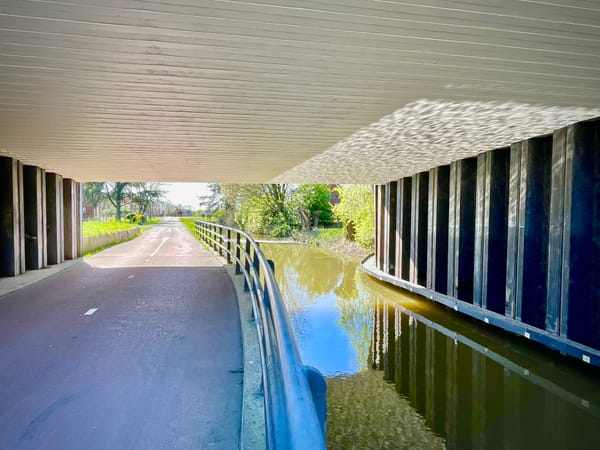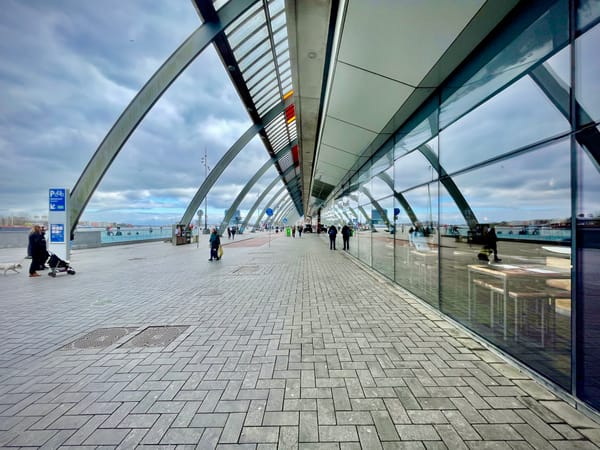Fibre Feels Faster — And It’s Not About Speed
I used to chase top speeds. Fibre showed me what really matters: low latency, equal uploads, and no peak slowdowns. That’s when the internet feels fast.
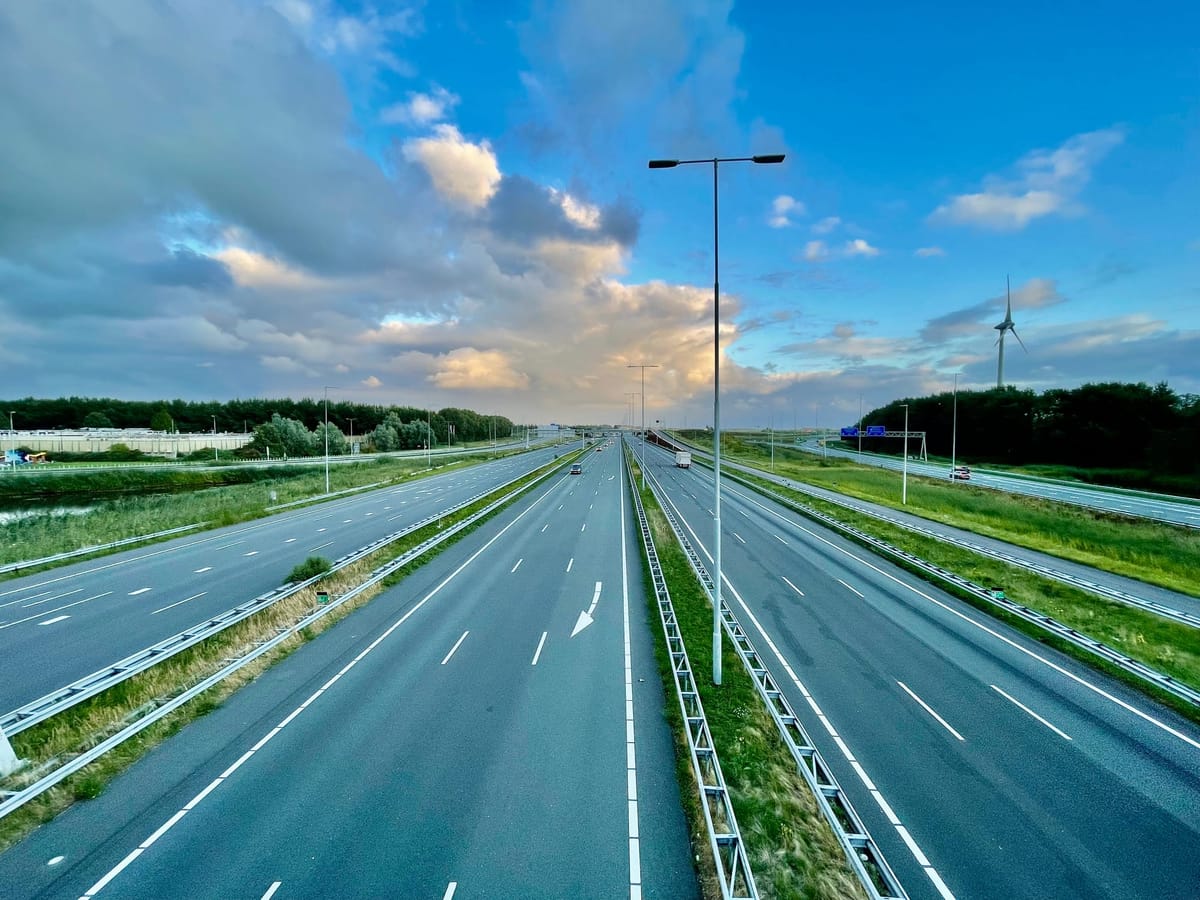
I recently switched from coaxial cable internet to full fibre. Like many, I had always focused on raw speed — chasing the highest Mbps, measuring download tests, upgrading whenever a new, faster package became available. But making the jump to fibre changed my perspective entirely.
It wasn't the gigabit download speeds that impressed me. It was how responsive everything became. Web pages snapped open. Video calls felt more natural. Cloud apps no longer lagged. Surprisingly, the magic had little to do with maximum speed. The difference was all about latency, symmetry, and stability.

The Illusion of Top Speed
We’re conditioned to think that faster internet means faster everything. But in practice, most daily activities use a fraction of your available bandwidth:
- Browsing, messaging, video calls, email — they all work fine on 50-100 Mbps.
- 4K streaming? About 15-25 Mbps per stream.
- Video calls? Typically under 5 Mbps per stream.
More bandwidth helps if you're downloading huge game files, doing large cloud backups, or have multiple heavy users in the same household. But most of the time, you don’t need more speed. What makes the connection feel fast is something else: low latency.
Latency: The Acceleration, Not the Top Speed
Think of it like driving a car. The top speed might be 250 km/h, but how often do you drive that fast? What you feel every day is acceleration — the immediate response when you hit the gas.
Latency is your internet's acceleration. It measures the time it takes for a tiny data packet to reach its destination and come back. On coax (DOCSIS), my latency hovered around 20-30 milliseconds on a good day, with spikes during busy hours.
On fibre? 3 to 5 milliseconds, stable. That difference is enormous, especially in how it feels when working, browsing, or on video calls. Websites open instantly. Cloud apps stop hesitating. It’s not speed — it’s torque.
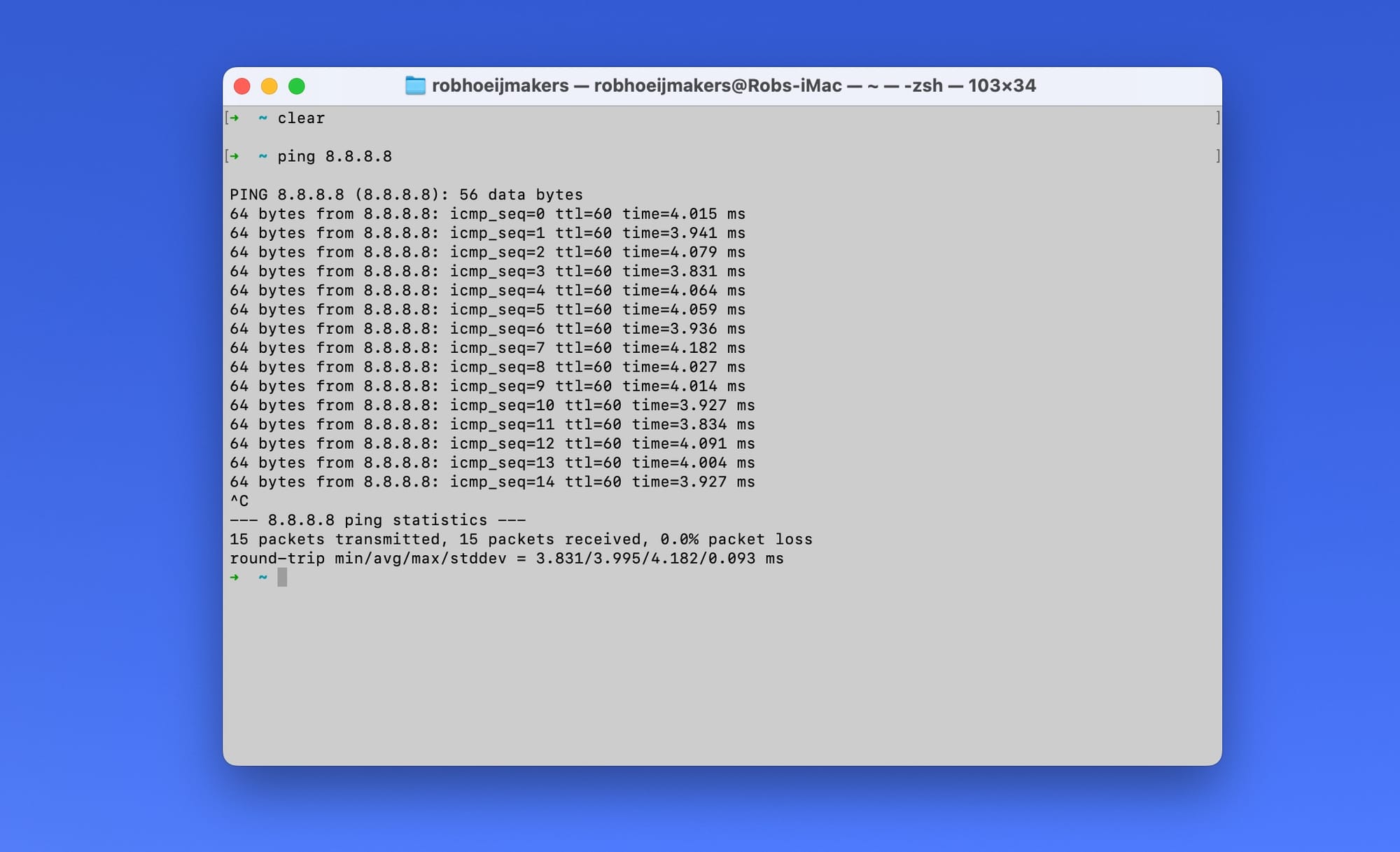
Symmetrical Upload: The Hidden Power
Another quiet revolution: fibre gives you the same speed up and down. Most cable plans throttle upload — 500 Mbps down but 40 Mbps up is common.
Symmetrical speeds matter more than we think:
- Video calls and screen shares run smoother.
- Cloud backups and uploads finish faster.
- AI tools, video processing, and modern workflows increasingly rely on solid upload speeds.
With fibre, I stopped thinking about uploads. They just go.
Stability: No More Sharing the Neighbourhood
Cable internet is a shared medium. Your neighbours' peak usage can slow you down. Fibre changes that. It’s a dedicated line from your home to the provider's network.
No peak slowdowns. No fighting for bandwidth. Just consistent performance, all day.
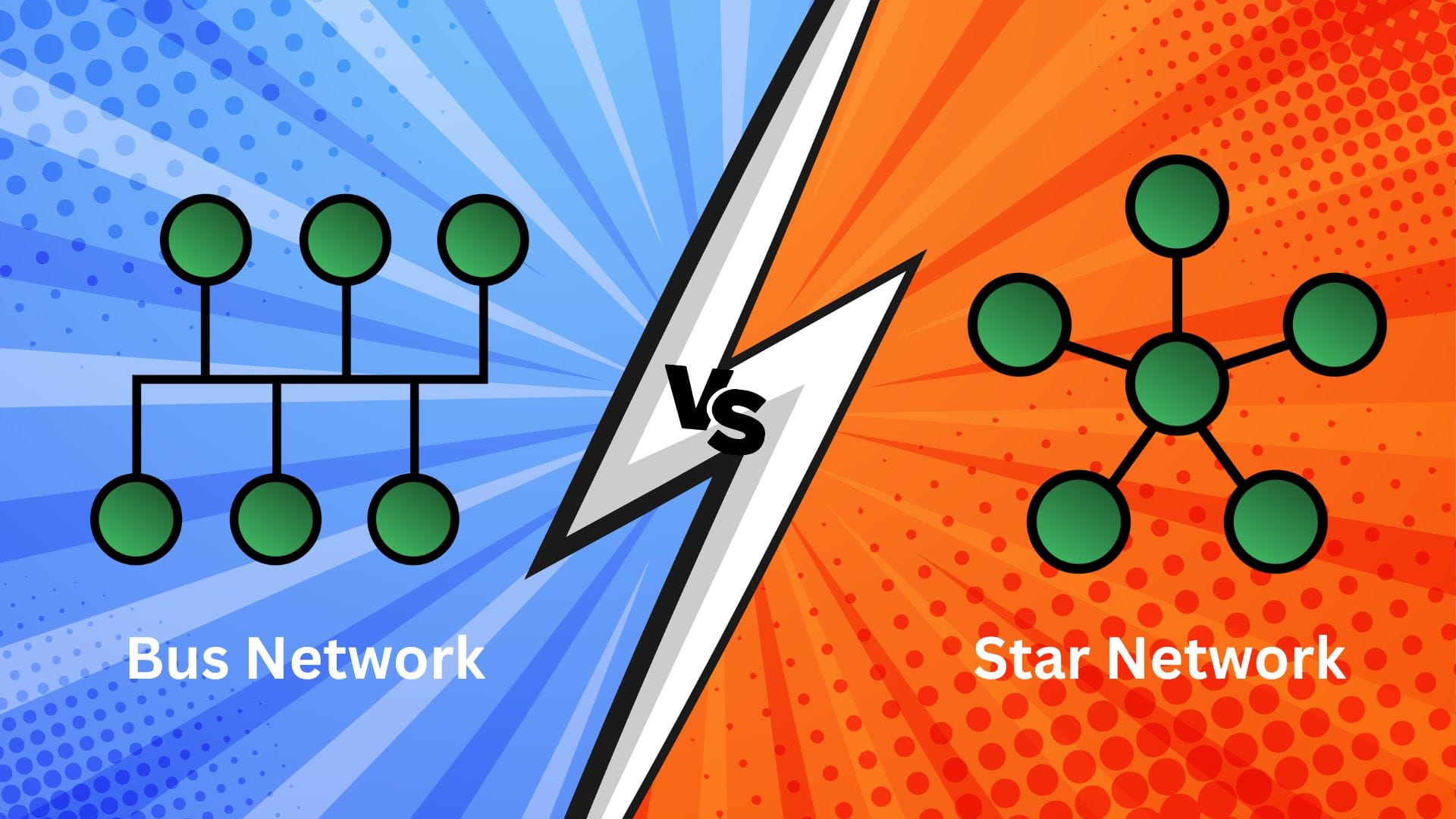
WiFi: The Last Bottleneck
Even with fibre and top speeds coming into your home, WiFi often becomes the limiting factor for your devices. Walls, distance, interference, and device limitations all reduce your actual speeds over wireless.
That’s why I made sure to wire the most important devices directly: computers, NAS, and anything critical for work or large data transfers. It’s the only way to fully experience the advantages fibre offers.
Global Perspective: How Fortunate We Are
Here’s what surprised me the most. After digging into global internet data, I realised how rare my new connection is:
- Global fixed broadband average: ~120 Mbps download / 50 Mbps upload
- Mobile internet average: ~50 Mbps down / 12 Mbps up
- Latency in many parts of the world: 30 to 80 milliseconds
Fibre is growing, but full symmetrical gigabit connections with low latency are still mostly limited to places like South Korea, Japan, Scandinavia, and select European cities (like Amsterdam).
In global terms, this isn’t normal — it’s a quiet privilege.
What I Learned
Switching to fibre wasn’t about hitting new speed records. It was about feeling the internet respond the way it should. Smooth. Immediate. Reliable.
I stopped chasing bandwidth numbers. What matters more is this invisible layer of quality: low latency, stable uploads, and not sharing a congested line. That’s what makes fibre truly fast.
And the best part? It’s not about speed anymore.

Fibre-optic networks (FTTH — Fibre to the Home) deliver fibre connections all the way into the home. They provide symmetrical speeds — fast uploads and downloads — with low latency and stable performance, even under heavy use. Fibre networks are often designed as open systems, allowing multiple service providers to operate on the same infrastructure. This makes fibre a more future-proof option, ready to handle growing digital demands.



